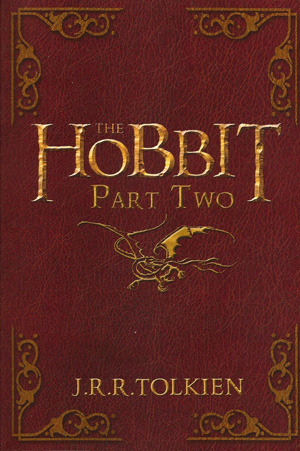What do you think?
Rate this book


176 pages, Paperback
First published September 21, 1937
🗡️✨ “There’s some good in this world, and it’s worth fighting for.” ✨🌋
5 out of 5 Rings
Best For: Those who want to walk into a world with real history behind every stone, who crave magic that’s earned and not just granted, and who know the journey matters more than the destination.
Skip If: You want your fantasy quick, easy, and modern—or if old-fashioned prose, poetry, and patience are dealbreakers.
This is it—the source. The Lord of the Rings is the mountain every other fantasy climbs toward. Even if you know the movies by heart, the books are a different world: wilder, sadder, funnier, and far richer in every detail. The magic isn’t just in wizards and rings, but in the patient love for language, land, and the smallest acts of courage. Whether you’re new to Middle-earth or coming home again, the journey changes you—and it’s never quite the same twice.
Where to Begin
If you’re new, start with The Hobbit. It’s the most welcoming: lighter, full of humor and heart, with just enough shadow to hint at what’s coming. If you’re ready to dive deep, begin with The Fellowship of the Ring—it’s where Tolkien’s language, lore, and sense of wonder really come alive.
“In a hole in the ground there lived a hobbit.”
The Journey
The Lord of the Rings is more than a quest—it’s a test of friendship, hope, and the limits of courage. The pace is slow by modern standards, but it allows for real growth and heartbreak. The heroes aren’t always the ones with swords or crowns; they’re gardeners, wanderers, and the people you’d least expect.
“All we have to decide is what to do with the time that is given us.”
The first book, Fellowship, is about setting out, leaving comfort behind, and learning how big (and dangerous) the world can be. The Two Towers splits the story and deepens the darkness—battles rage, forests wake, and even the villains become more complicated. The Return of the King is about sacrifice and sorrow, and the quiet cost of heroism.
“I will not say: do not weep; for not all tears are an evil.”
Format Choices: Audio, Print, and Beyond
Audiobooks: Rob Inglis gives the classic, storybook feel—gentle, wise, with every song sung. Andy Serkis brings cinematic drama and unforgettable Gollum energy. Both are excellent; choose Inglis for tradition, Serkis for excitement.
The Silmarillion is best approached with Martin Shaw or Samuel West’s steady, clear narration.
Print: For beauty and immersion, seek out the Alan Lee illustrated hardcovers or Ted Nasmith’s edition of The Silmarillion. If you’re after portability, trade paperbacks work well, but hardcover is built to last.
For the Lore-Hungry: The Silmarillion
If you ever wondered where the elves and Sauron really come from, or why Middle-earth feels so ancient, this is the source text. It’s dense, tragic, and haunting—a collection of creation myths and doomed romances. Not for everyone, but it will deepen your love for Tolkien’s world if you let it.
“The world was fair, the mountains tall, in Elder Days before the fall…”
Representation, Critique, and Legacy
These are not perfect books: Tolkien’s world reflects the limits of his era, and many readers will notice the absence of diverse voices and perspectives. The good news is that The Lord of the Rings has been reclaimed and reimagined by generations of readers, each finding themselves in the margins, in the courage of Sam or the doubt of Frodo, in the longing for a home that never quite was.
“Even the smallest person can change the course of the future.”
Final Thoughts
There’s a reason these stories endure. They remind us that hope and kindness aren’t naïve—they’re a form of bravery. The journey isn’t easy, but every return to Middle-earth feels like coming home a slightly different person.
Middle-earth is always waiting. All you have to do is step in.